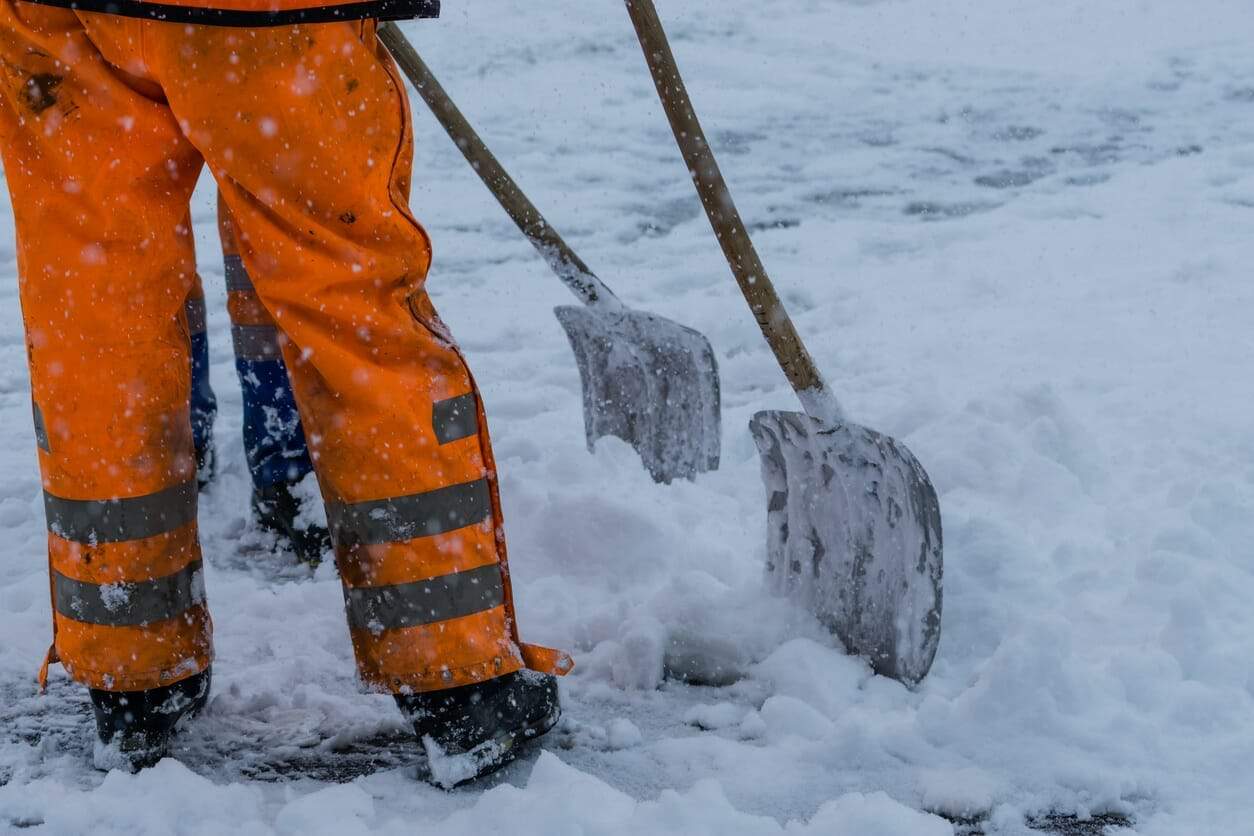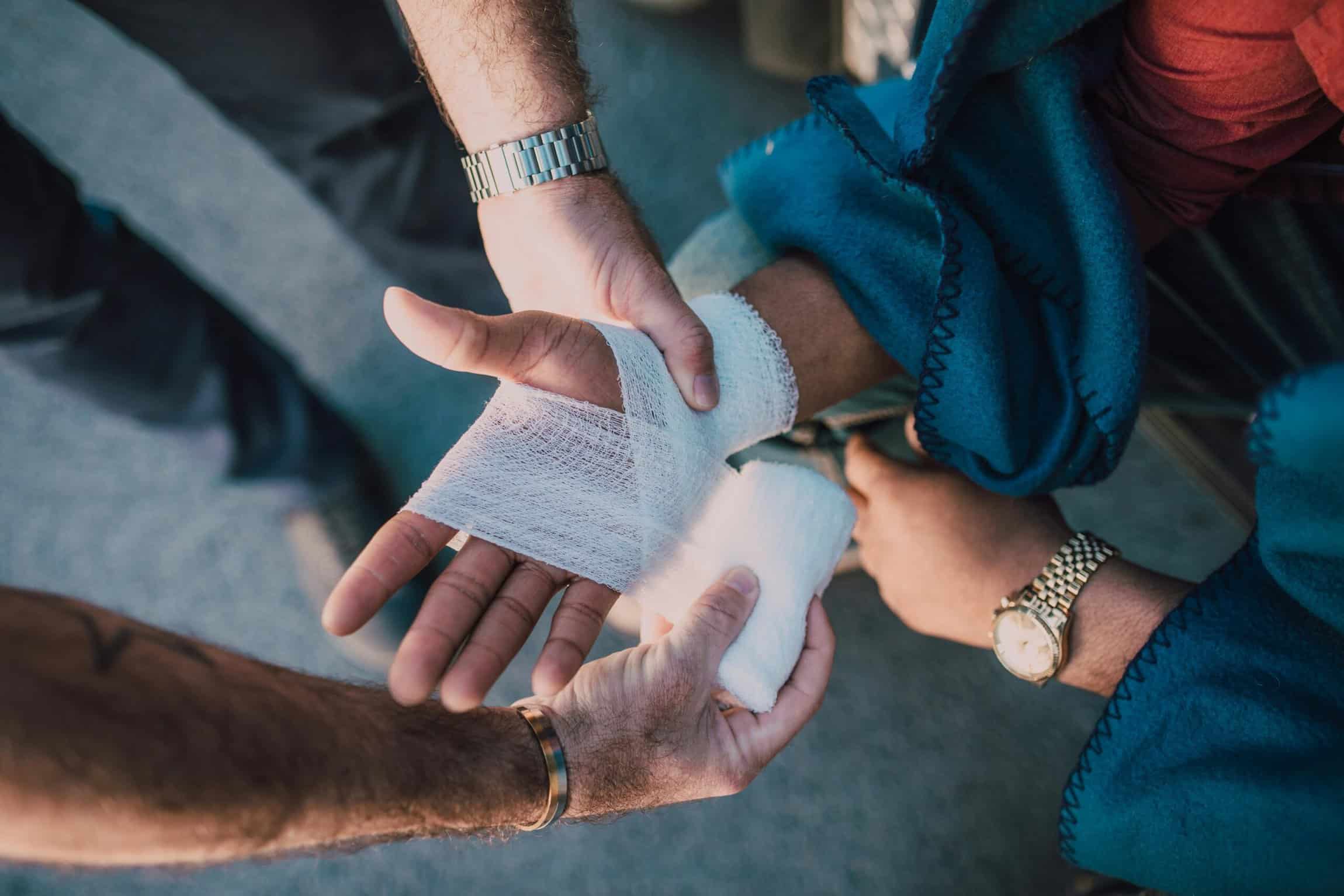Nationally, Virginia may not be known for its record-breaking winter storms, but we are certainly not immune from the dropping temperatures and occasional snowfall. Colder temperatures and winter-related weather conditions pose unique and dangerous challenges for Virginia workers. Employers and employees can both take steps to minimize work-related injuries in cold weather.
Cold-Induced Injuries
Working in cold weather can be more than just uncomfortable, it can be downright dangerous if proper precautions are not taken. In a cold environment, your body must work harder to maintain its core temperature; as your skin temperature decreases, so does your internal temperature. Moreover, lower temperatures and increased wind speeds cause heat to leave your body at a faster rate.
Hypothermia
Hypothermia occurs when body heat is lost faster than it can be replaced and your normal body temperature (98.6°F) drops to less than 95°F. While hypothermia is more likely to occur at very cold temperatures, even temperatures above 40°F can cause hypothermia if a person becomes cold from rain, sweat, or any other sources of cold water.
When a person experiences mild hypothermia, they may begin to shiver or stomp their feet to generate heat. As moderate to severe symptoms develop, a person will stop shivering, lose coordination, and become confused and disoriented. Their pulse and breathing may slow down; loss of consciousness and even death may occur.
Frostbite
Frostbite occurs when the skin and underlying tissues freeze. It typically affects the extremities like feet and hands and, in severe cases, amputation may be required.
Symptoms of frostbite include reddened skin that develops grey or white patches; numbness or a feeling that the area is firm or hard; and blisters in severe cases.
Trench Foot
Trench foot is caused when the feet are exposed to wet conditions and cold temperatures for an extended period. Wet feet lose heat faster than dry feet; the body compensates by constricting blood vessels to stop circulation to the feet causing tissue death. Symptoms of trench foot include skin redness, swelling, numbness, and blisters.
Other Winter Weather Hazards
In addition to cold stress, workers may also be exposed to injuries from other cold-weather hazards.
- Driving on snow or ice-covered roads.
- Being stranded in a vehicle.
- Shoveling snow and using power equipment like snow blowers.
- Working on roofs or at heights, including clearing snow from roofs.
- Downed power lines, including repairing and working near damaged or downed lines.
Occupations Most At Risk for Cold Weather Injuries
If you work outdoors or in a cold environment for extended periods of time, you are at increased risk for cold-weather injuries. The nature of the below occupations makes them particularly susceptible to injury.
- Emergency response personnel
- Utility workers (including Sanitation workers)
- Construction workers
- Delivery personnel, including postal carriers
Tips for Braving Cold Weather Working Conditions
Completely avoiding exposure to cold working conditions may not be possible, however, there are certain measures that can be implemented to minimize exposure and decrease the risk of injury.
Precautions Employees Can Take in Cold Conditions
- Dress properly. Wear plenty of extra layers of loose-fitting clothing and choose fabrics wisely–wool and other synthetic fabrics insulate better than cotton when it becomes wet. Hats, masks to cover the face and mouth, insulated gloves, and waterproof boots can also combat the cold.
- Stay dry. Always have an extra change of clothes in case you get wet.
- Know the symptoms of cold-related injuries.
- Emergency kit in vehicles. If you spend significant time on the road for work, make sure your vehicle contains an emergency kit including items like an ice scraper, tow chain, jumper cables, emergency flares, water, snacks, blankets, and a change of clothes.
Measures Employers Can Take to Ensure the Health of Their Employees
- Prevent slip and fall accidents. Make sure walking surfaces are clear of snow and ice. Use rugs or mats on indoor surfaces to prevent slips and falls. Encourage proper footwear and hang signage to warn of slippery surfaces. Leave a shovel or ice near building exits.
- Provide training. Educate employees on the symptoms of cold-weather injuries and first-aid measures.
- Provide engineering controls. Shield work areas from wind or other weather conditions. Provide outdoor security stations or heaters.
- Use safe work practices. In the event of extreme cold or inclement weather, more frequent breaks may be required or workloads may need to be modified.
Reach Out To a Skilled Worker’s Compensation Lawyer in Richmond, VA
Winter weather conditions bring unique challenges for some Virginia workers, but with proper preparation, these risks can be minimized. If you have been injured in a work-related accident, rely on the experienced Virginia workers’ compensation attorneys at Renfro & Renfro. Contact us today for a free consultation.





